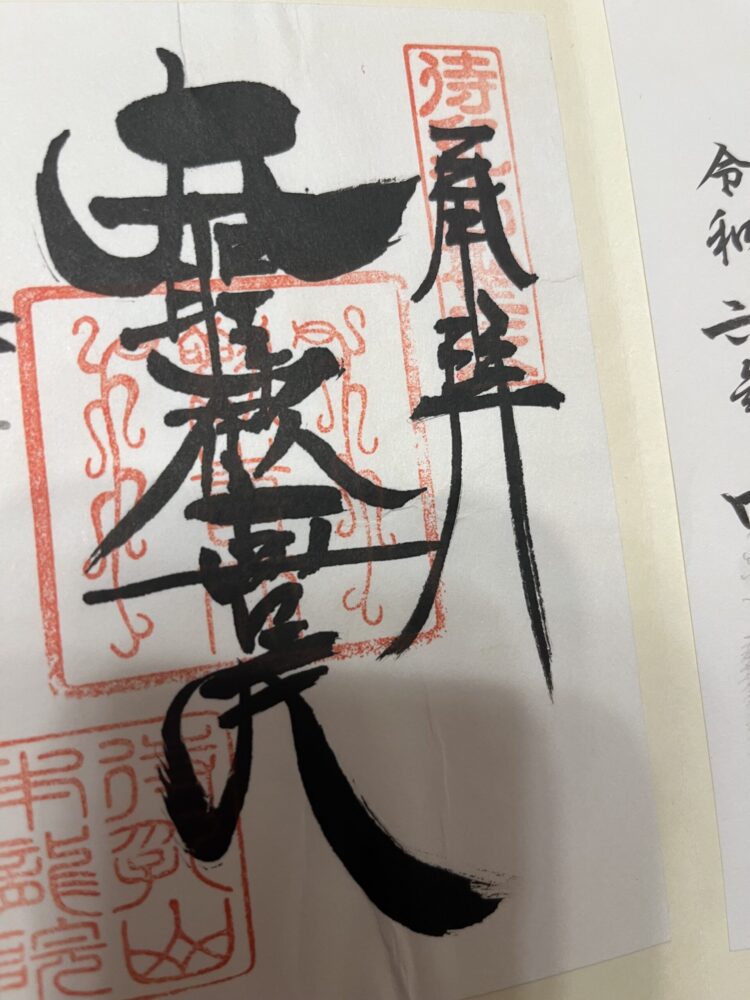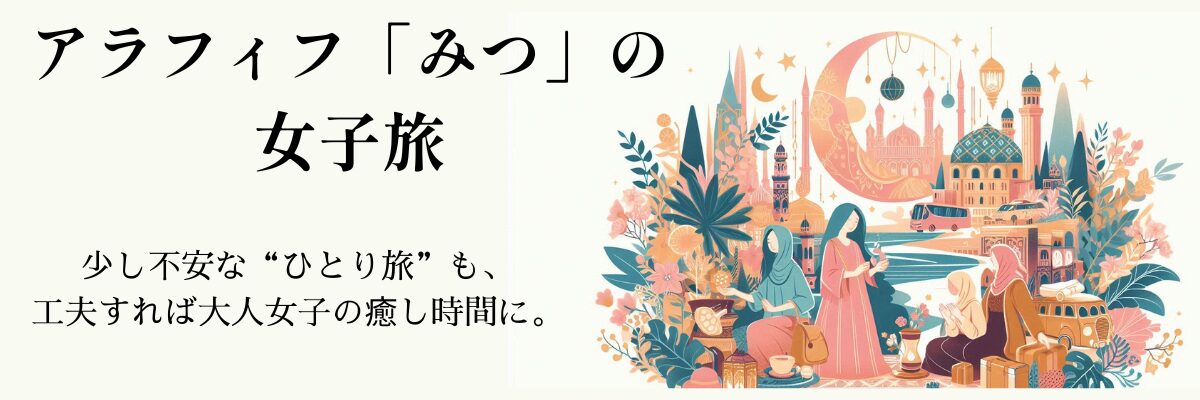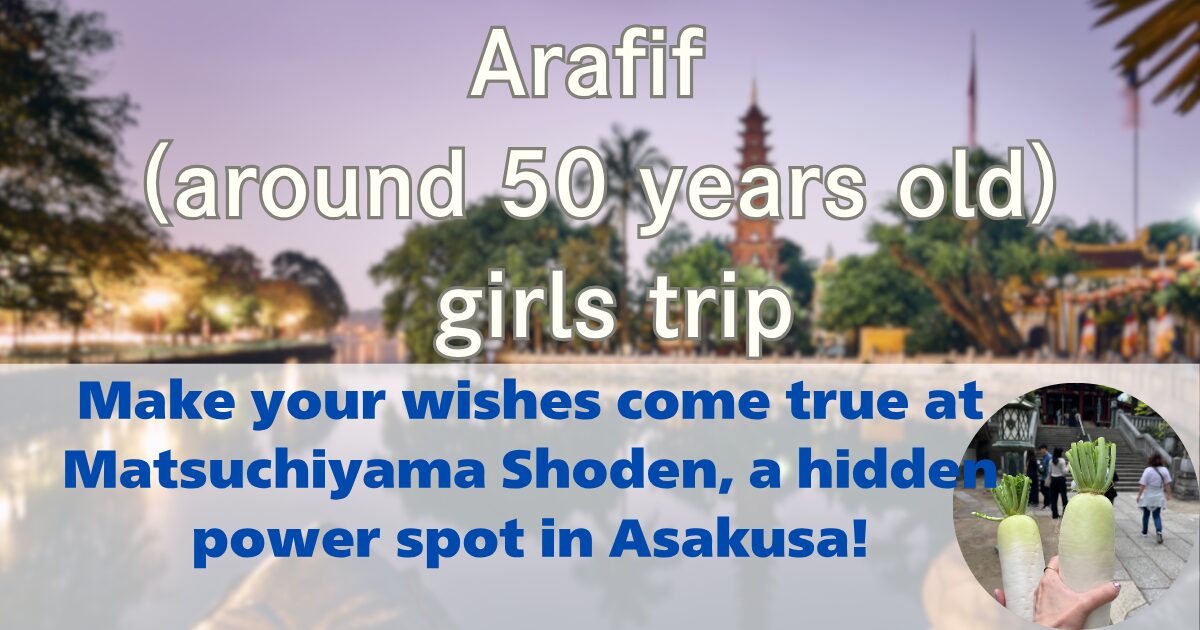Hello. I’m ”Arafifi Mitsu”(Around 50 Mitsu)!
I often visit Asakusa, but this time I went for the first time to Matsuchiyama Shoden, a shrine said to grant all wishes. It’s about a 10-minute walk from Sensoji Temple.
I was surprised to see that the offering was, of all things, daikon radish. I also received a goshuin (temple stamp).
It’s not just Sensoji Temple! Asakusa’s power spot, “Matsuchiyama Shoden”
Asakusa is famous for Sensoji Temple, but there is actually another powerful power spot that you should visit: Matsuchiyama Honryuin, commonly known as Matsuchiyama Shoden.
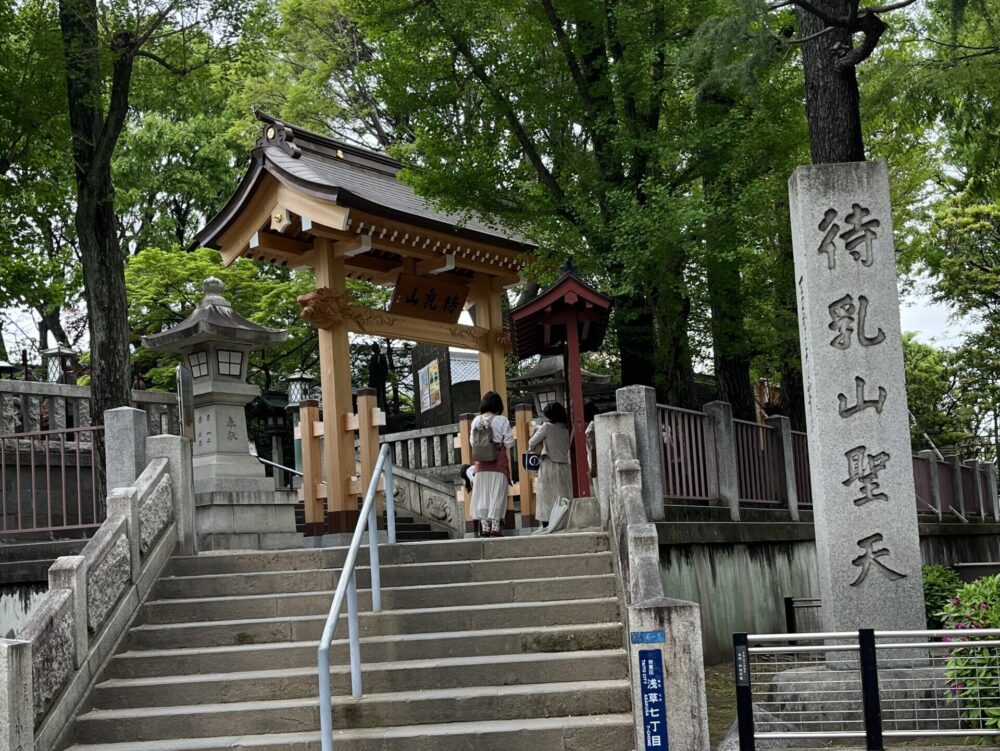
Matsuchiyama Honryuin is one of the branch temples of Sensoji Temple, and its principal image is Kangiten (aka Shoden). Shoden is derived from the Hindu elephant god Ganesha, and is said to have been spread in Japan by Kobo Daishi (Kukai) along with esoteric Buddhism.
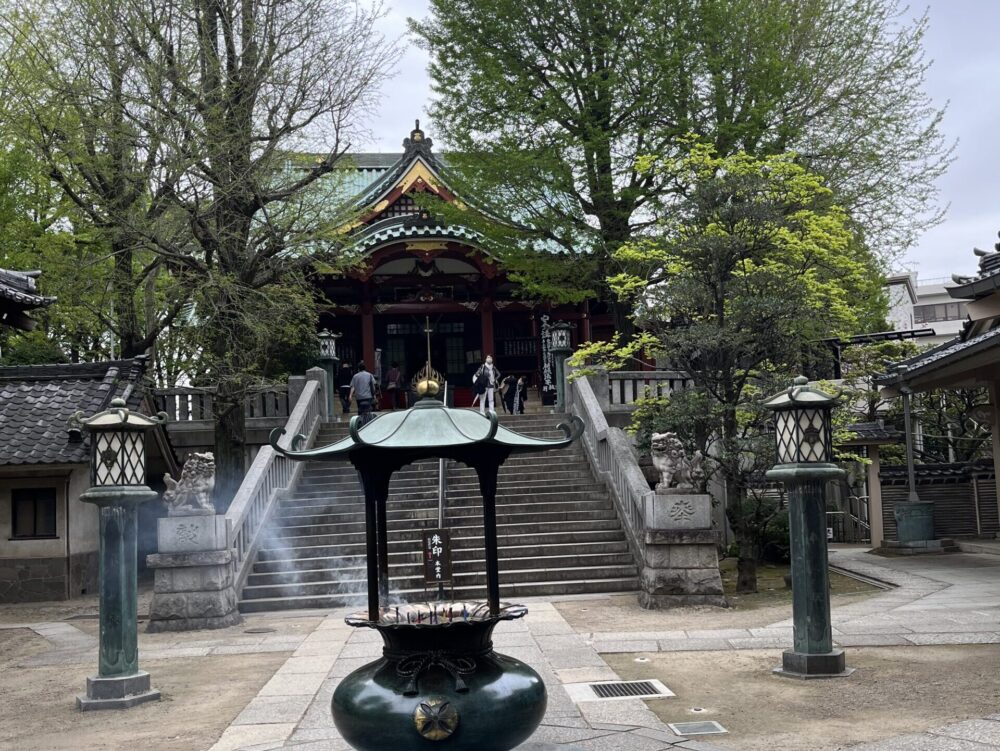
It was founded in 596 AD during the reign of Empress Suiko, contemporaneous with Prince Shotoku, making it a temple with a long history. Many people are probably surprised to find such an old temple in Asakusa, a downtown area of Tokyo.
Matsuchiyama Shoden is said to grant blessings such as good health, marital harmony, and business prosperity, and has been worshipped by many people since ancient times.
Matsuchiyama Shoden: Offering Daikon Radish? A Unique Way to Visit
The most distinctive feature of Matsuchiyama Shoden is the etiquette of offering daikon radish.
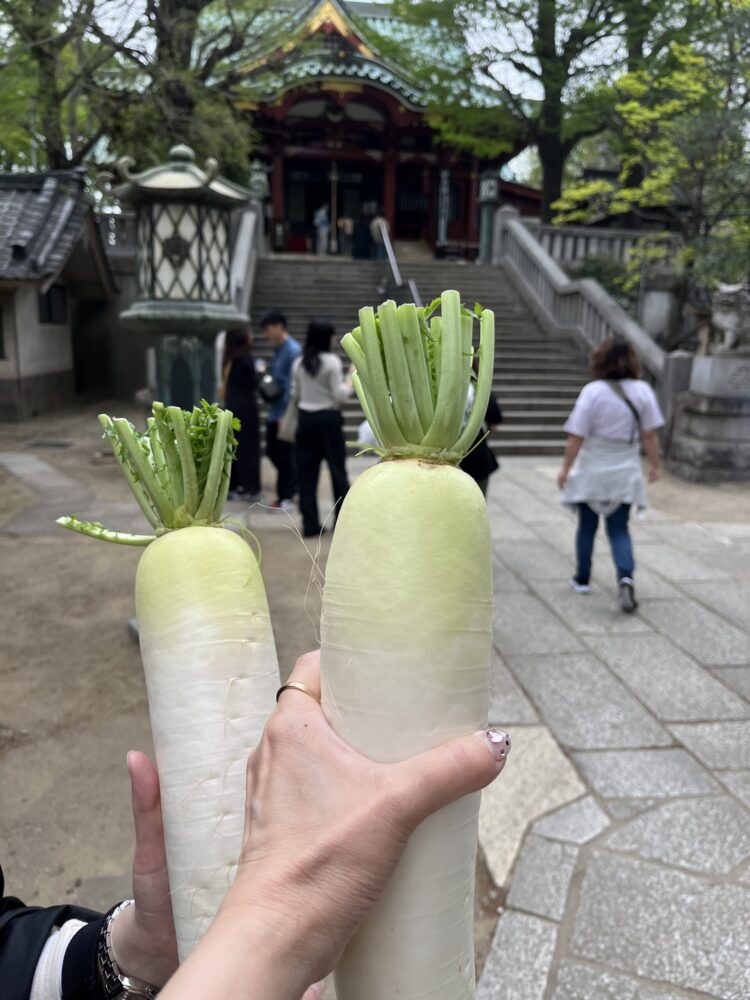
First-time visitors might be surprised to see people walking around carrying daikon radishes. That was me, too. Daikon radishes are sold on the grounds for 300 yen, and since we didn’t have any on hand, we decided to buy some on the spot and offer them as an offering.
The reason for daikon radishes is that they are said to symbolize health, good relationships, and the severance of ties. If you offer one, you will receive a daikon radish that has already been blessed. We gratefully took it home and enjoyed it.
Also noteworthy is the torii gate on the grounds. It is a rare type of “Ryobu Torii” (Ryobu Torii), with four pillars supporting the main pillar, resembling the character “井” (well). This is a symbol of syncretism between Shinto and Buddhism, and is said to represent the Kintai Ryobu of Esoteric Buddhism. The torii gate at Itsukushima Shrine is of the same style.
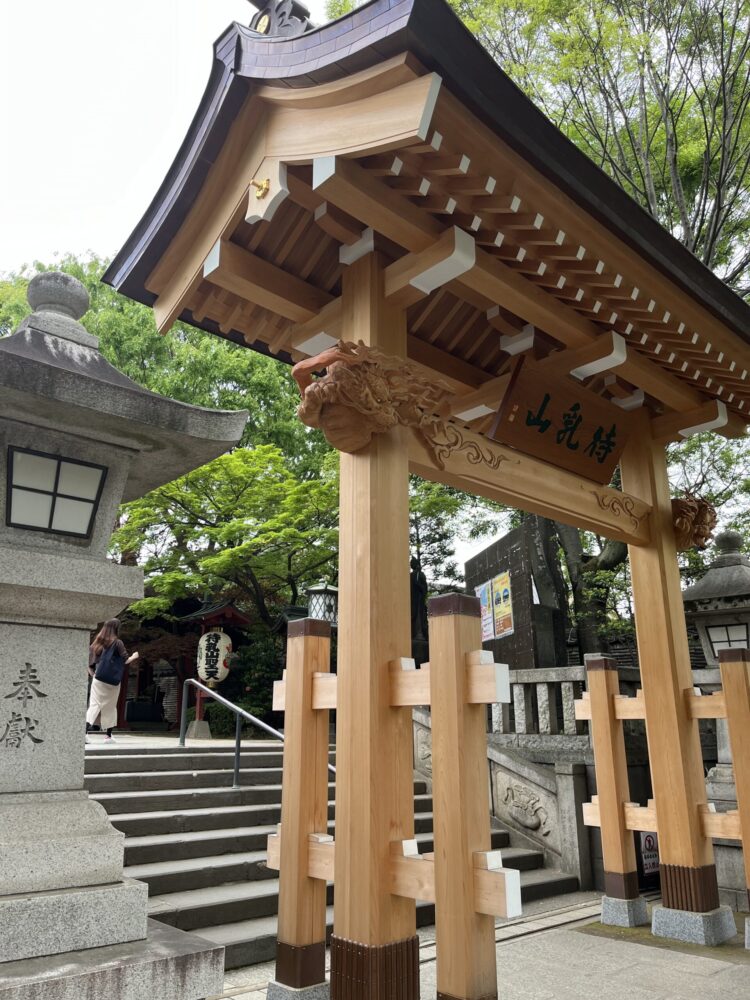
Photography of the main hall is prohibited, but if you go inside, you will see piles of radishes, giving you a sense of the depth of faith.
Matsuchiyama Shoden is a relaxing spot on a hill where you can enjoy a spectacular view
Matsuchiyama Shoden is located on a slight hill, about a 10-minute walk from Sensoji Temple.
The walking route along the Sumida River is perfect for a stroll. We took a leisurely stroll along the river after visiting Sensoji Temple.
The grounds are barrier-free, and there is even a free ropeway (stairlift). Even elderly people and those with mobility issues can visit with peace of mind.
The gardens within Matsuchiyama Shoden’s grounds are well-maintained, with a quiet and peaceful atmosphere. The view of Tokyo Skytree from here is stunning, making it a recommended photo spot.
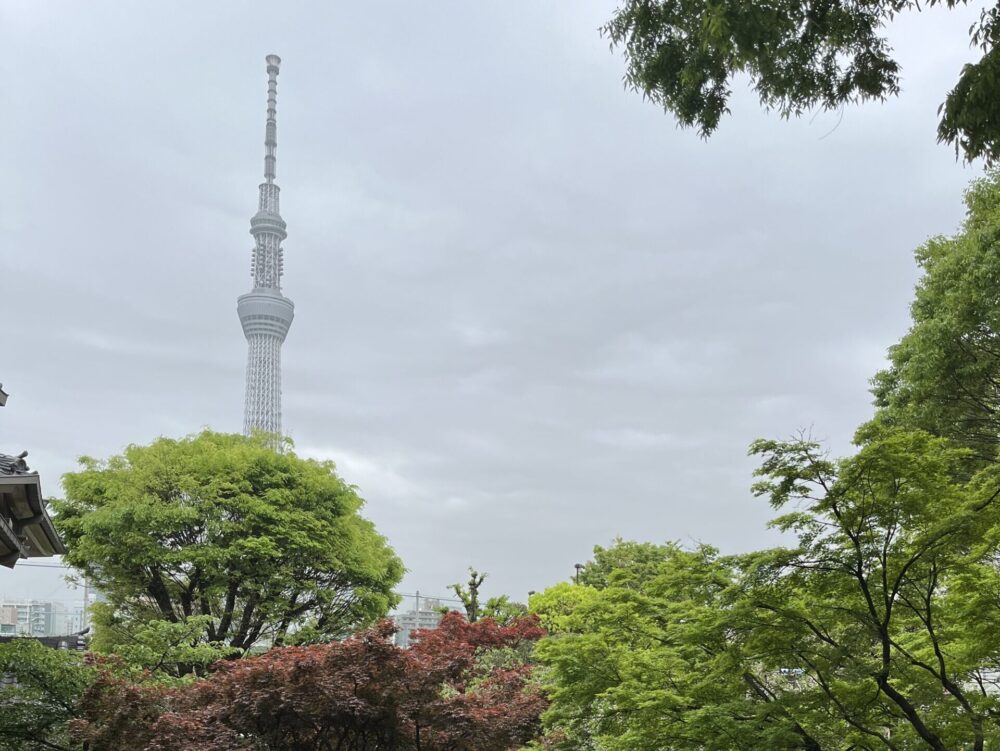
By the way, Matsuchiyama Shoden is also one of the “Three Great Shodens of Japan.” The other two are “Menuma Shodenzan” in Kumagaya City, Saitama Prefecture, and “Ikoma Shoden” in Ikoma City, Nara Prefecture. Both are known as powerful power spots.
If you’re visiting Asakusa, be sure to stop by this tranquil power spot, Matsuchiyama Honryuin. You’re sure to have an experience that will purify your soul.
You can also receive a goshuin (temple stamp) here. This time I received a written stamp, but if you have a goshuin book, be sure to get one as a memento.
